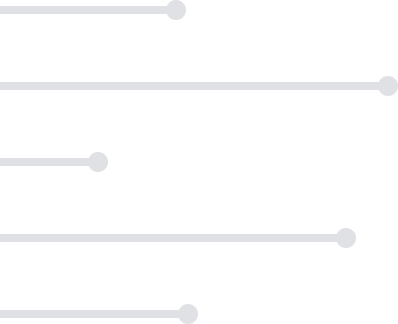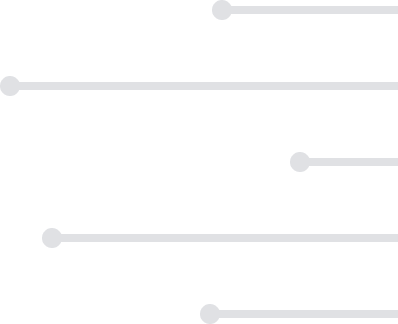
$79
Plus membership
3 Credits
All courses include:
eTextbooks
2 to 3-day turnaround for grading
Multiple chances to improve your grade
On-demand tutoring & writing center
Student support 7 days a week
$79
Plus membership
3 Credits
All courses include:
eTextbooks
2 to 3-day turnaround for grading
Multiple chances to improve your grade
On-demand tutoring & writing center
Student support 7 days a week
Medical Terminology
$79
Plus membership
3 Credits
About This Course
ACE Approved 2024
Our Medical Terminology online course introduces you to elements of medical terminology, like the etymology of words used to describe the human body. Learn how to apply the proper terminology and spelling for major pathological conditions.
What You'll Learn
Define medical terms by evaluating and analyzing their word parts.
Develop the ability to accurately pronounce, spell, and use medical terms in real-world healthcare contexts.
Gain proficiency in breaking down and understanding complex medical terms, including word roots, prefixes, and suffixes.
Distinguish common medical abbreviations and acronyms.
Interpret medical terms that apply to body systems, diagnosis, disease, and treatment accurately.
Apply acquired knowledge to communicate effectively with patients and other healthcare professionals.
Explore anatomical and physiological terminology to comprehend the structure and function of the human body.
Study common diseases, conditions, and treatment procedures and their related medical terminology.
Understand the ethical and responsible use of medical terminology to avoid miscommunication, errors, and potential patient harm.
Develop critical thinking skills to deduce the meanings of unfamiliar medical terms and stay current with evolving healthcare language.


Your Life, Your Schedule, Your Education
Transfer into over 3000+ institutions that accept ACE courses or transfer directly into 180+ partner schools.
Request Information
This Medical Terminology course explains and teaches you to identify the terms used for the integumentary, respiratory, nervous, reproductive, endocrine, urinary, digestive, lymphatic, hematic, immune, and musculoskeletal systems. You will also spend time comparing and contrasting the different body systems as well as defining and describing the function of each system.
There are no prerequisites to take Medical Terminology.
| Topic | Subtopic |
|---|---|
| Learning Terminology, Word Roots, and Combining Forms |
|
| Prefixes |
|
| Suffixes |
|
| The Human Body: An Orientation |
|
| The Integumentary System |
|
| The Musculoskeletal System |
|
| The Nervous System |
|
| The Sensory System |
|
| The Endocrine System |
|
| The Blood |
|
| The Cardiovascular System |
|
| The Respiratory System |
|
| The Lymphatic System and Body Defense |
|
| The Digestive System and Body Metabolism |
|
| The Urinary System |
|
| The Reproductive System |
|
Your score provides a percentage score and letter grade for each course. A passing percentage is 70% or higher.
Assignments for this course include:
- 4 Graded Exams
- 1 Midterm Exam
- 1 Graded Final
The required eTextbook for this course is included with your course purchase at no additional cost.
Bostwick, Paula. Medical Terminology: Learning Through Practice, 2nd edition. McGraw-Hill, 2024. ISBN: 9781264898992
Medical Terminology students also take:
Helpful resources:







